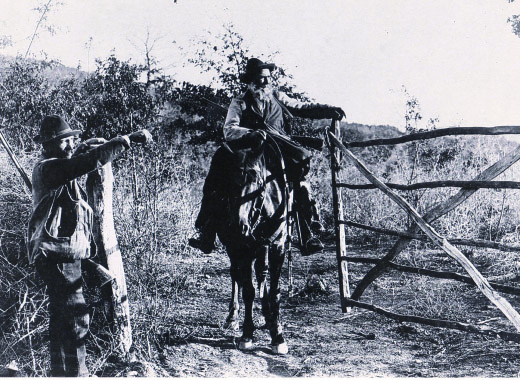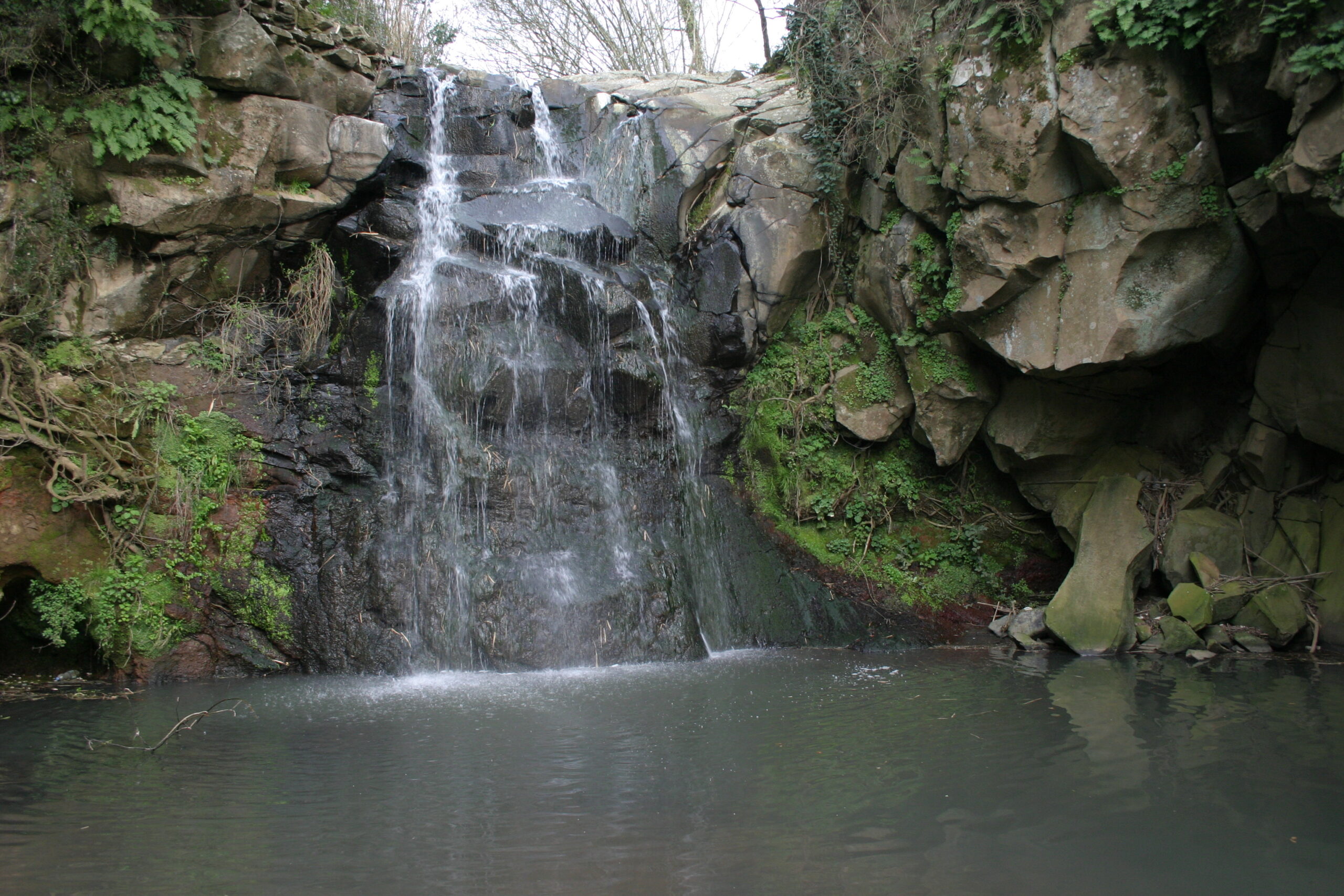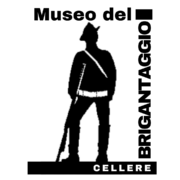The territory
Fromthe eighteenth century and even more so in the following century, the Tuscia became a possible destination for northern european tourists that came to Italy looking for remains of the Ancient in the italian landscape.
For many of them, the goal was to see with their own eyes all the exciting things they had studied in school. For others the purpose was much more sentimental and romantic:
to feel the pathos of History, to get close to a lost civilization and retrace its steps, like visitors of the Etruscan tombs or pilgrims wandering around the ruins of a buried city. An otherness that was very enticing compared to their usual urban surroundings.
Travelers were presented on one side with a wild and majestic landscape, sometimes mild, tame and fruitful, other times surly and disturbing.

On the other side was a humanity made up of postures, behaviors, local costumes and professions that were so predictable and traditional they seemed to be straight out of a painted scene.
Among the quirky figures of the italian landscape of the late eighteenth century, the brigand clearly stands out.
But it’s the Maremma that’s most often linked to brigandage, of which Cellere’s Museum offers an interpretation. It’s a historical-geographical region between northern Lazio and southern Tuscany, whose borders were constantly contested and redefined, where the deeds and lives of Tiburzi and his crew took place at the end of the eighteenth century.
At the time, the Maremma was plagued by misery and by a dangerous and lethal illness: malaria, whose carrier (anopheles mosquito) thrived in the marshes created after the decline of the old water regimentation system designed by the Romans, which ceased working during the Middle Ages. A territory that, at the start of the XIX century, in the eyes of artists and noblemen, and dictated by cultural conditioning of that time, in the wake of Romanticism, appeared as a wild and virgin place that often assumed an epic connotation. It’s an internal elsewhere, the exotic at home.
A uncontaminated and wild world, a few hours away from the major towns at the time (Rome, Florence, Siena) where travelers could experience an encounter with a hostile and often mysterious environment. Where they could hunt. The hunt pursued by gentlemen, documented by photographers and painters, a seemingly frivolous activity and a chance for a social meetings, turns out to be the defining characteristic of a lifestyle that seeks to recreated a rite of communion with the primogenial Eden, primitive and wild, far away – speaking of Toscana- from the peaceful Versilian shores.








